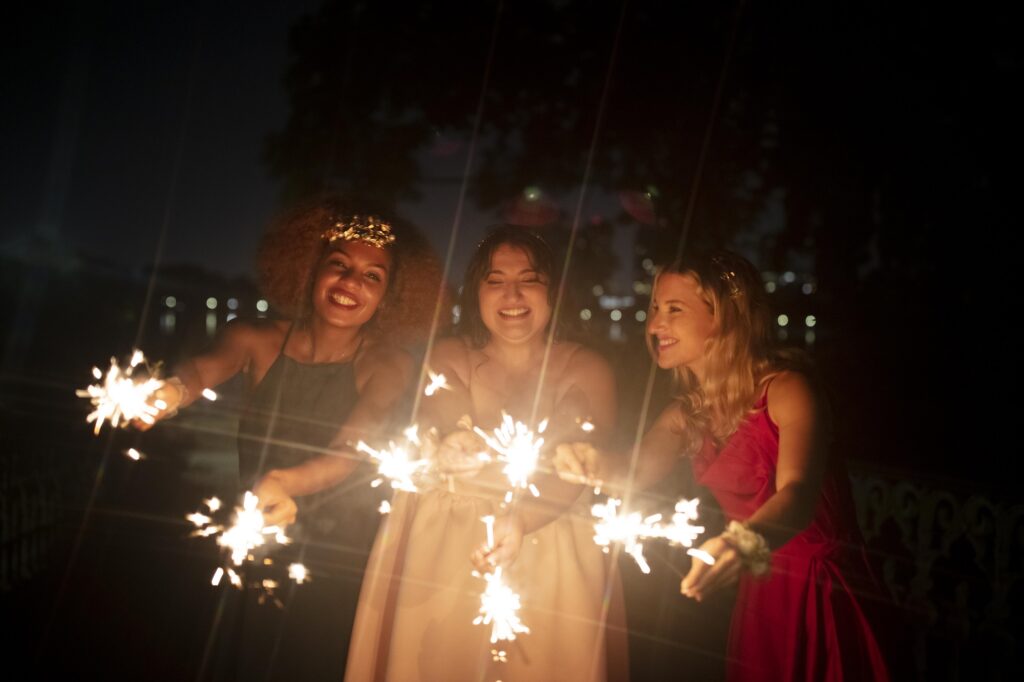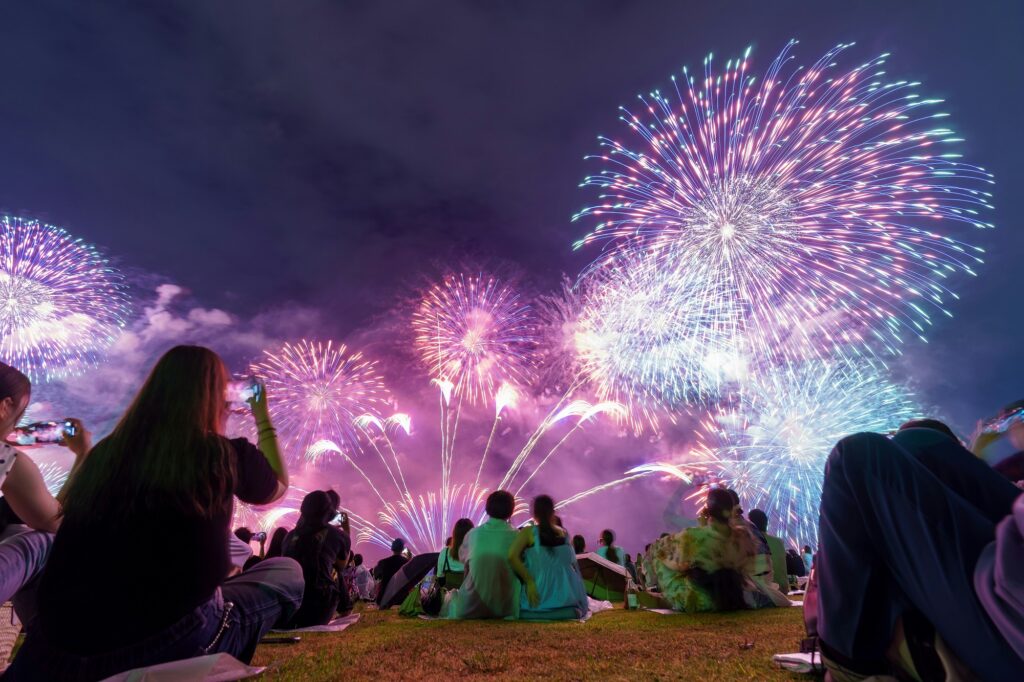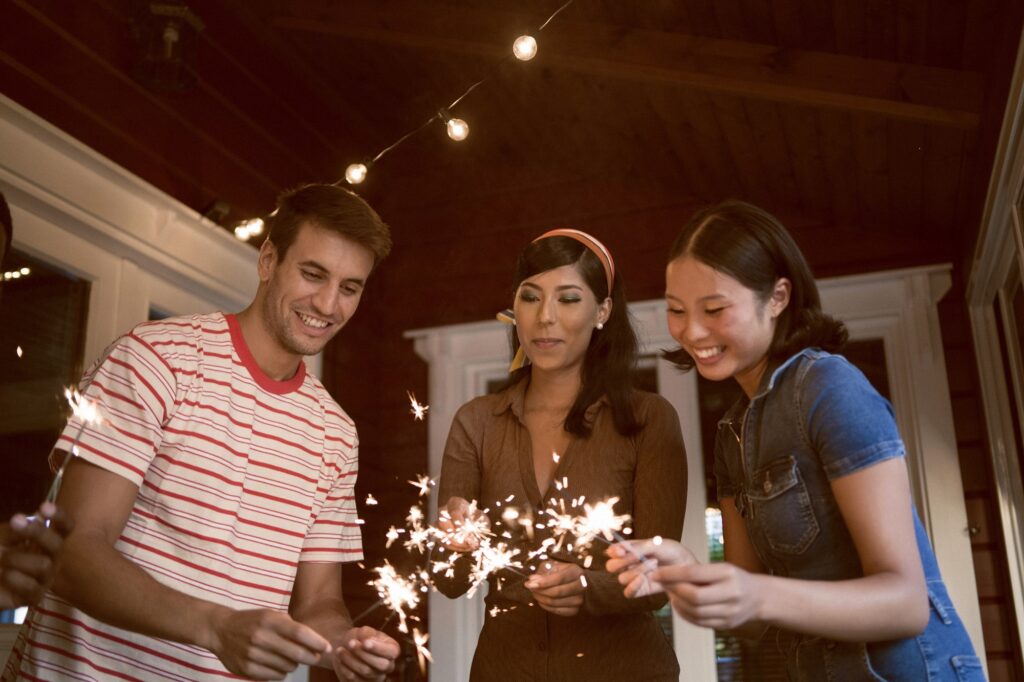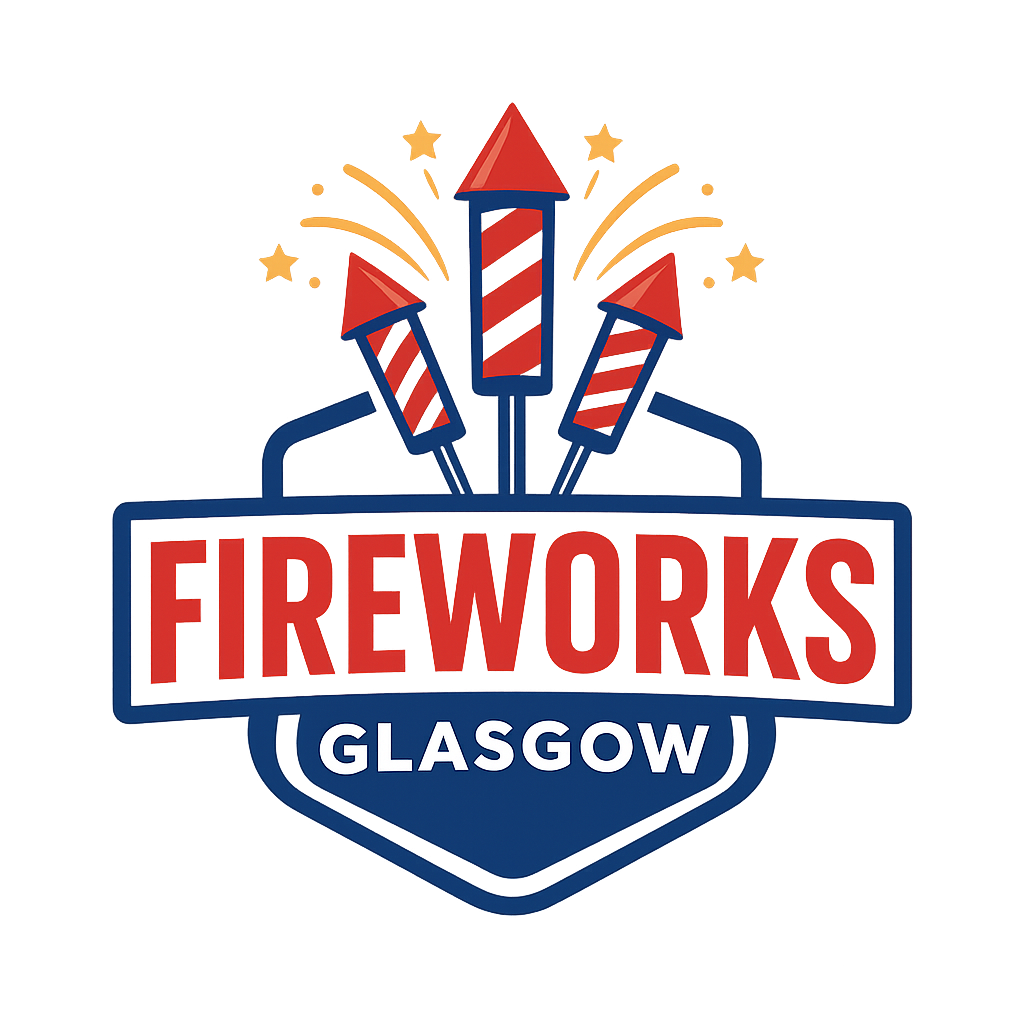Understanding Fireworks Photography
Photographing fireworks is an exhilarating yet challenging task that requires both technical skill and a clear understanding of the subject. Unlike traditional photography, it involves anticipating bursts of light and color, which demands precise timing and familiarity with low-light shooting. Knowing your camera settings and how light behaves in the dark is essential for success.
Mastering glasgow fireworks photography also depends on your ability to predict the rhythm and pattern of the display. Studying past events or similar shows can offer valuable insights and help you plan your shots more effectively, ensuring you capture the vibrant colors and explosive beauty at just the right moment.
But fireworks photography is more than just recording explosions in the sky — it’s about telling a story. The mood, atmosphere, and emotions evoked by the display can be conveyed through your lens. This storytelling element adds depth to your images, turning them from simple snapshots into compelling visual narratives.

Essential Equipment for Capturing Fireworks
To capture stunning fireworks rutherglen photographs, having the right equipment is crucial. A DSLR or mirrorless camera with manual controls is ideal, as it allows for precise adjustment of settings. A sturdy tripod is essential for keeping the camera steady during long exposures, preventing motion blur from camera shake.
A remote shutter release or intervalometer is also highly recommended. These tools let you trigger the shutter without touching the camera, minimizing vibrations. An intervalometer can further automate the shooting process, giving you more freedom to focus on composition and timing.
Lenses with focal lengths between 18mm and 70mm are generally well-suited for rutherglen fireworks photography. Wide-angle lenses work well for capturing expansive scenes, while mid-range zoom lenses offer flexibility in framing. A fast aperture, ideally f/2.8 or wider, is helpful for capturing sharp images in low-light conditions.
Best Settings for Fireworks Photography
Selecting the right camera settings is crucial for capturing the brilliance of fireworks. Start by setting your camera to manual mode. This gives you full control over exposure settings, allowing you to adjust the aperture, shutter speed, and ISO to suit the conditions.
- Aperture: Set your aperture between f/8 and f/16. A smaller aperture (higher f-number) ensures a greater depth of field, which keeps both the foreground and the fireworks in sharp focus.
- Shutter Speed: Use a long exposure, typically between 1 and 15 seconds. This captures the entire trail of the fireworks, creating beautiful light patterns and streaks. Experiment with different shutter speeds to achieve the desired effect.
- ISO: Keep your ISO low, around 100 to 200, to minimize noise in your images. High ISO settings can introduce graininess, which detracts from the clarity and quality of your photographs.
- Focus: Set your lens to manual focus and pre-focus on an area where the fireworks are expected to burst. This prevents the camera from hunting for focus in the dark, ensuring sharp images.
Choosing the Right Location for Fireworks Shots
Selecting an ideal location is crucial for capturing breathtaking fireworks photographs. Scout potential spots well in advance, focusing on places with a clear, unobstructed view of the sky where the fireworks will be displayed. Elevated areas like rooftops or hills offer advantageous vantage points.
Open spaces near water, such as lakes or rivers, can add a reflective element that enhances visual appeal. Reflections create symmetrical compositions that are both captivating and dynamic.
Consider your surroundings and how they can complement your composition. Including elements like city skylines, bridges, or silhouetted trees adds context and interest. These features can act as leading lines or frames, guiding the viewer’s eye toward the main subject—the fireworks.

Timing Your Shots: When to Click the Shutter
Timing is everything in fireworks photography. Observing the rhythm of the display helps you anticipate when to press the shutter. Most shows follow a predictable pattern, starting with smaller bursts and building to a grand finale.
To capture the full sequence of a firework burst, press the shutter just as the firework is launched. The delay between launch and explosion allows your camera to record the entire light trail—from the initial burst to the fading sparks.
Practice patience and take multiple shots to increase your chances of capturing the perfect moment. Using burst mode or continuous shooting lets you capture a series of images quickly, ensuring you don’t miss key moments and giving you more options during editing.
Editing Your Fireworks Photos for Maximum Impact
Post-processing is key to enhancing your fireworks photographs. Start by importing your images into editing software like Adobe Lightroom or Photoshop. Adjust exposure, contrast, and saturation to bring out the colors and details.
Use cropping to refine composition, ensuring the fireworks remain the focal point. Straighten horizons and remove distracting elements that detract from the main subject. Image composition directs the viewer’s attention without unnecessary distractions.
Enhance vibrancy and clarity by adjusting white balance and sharpness. Fireworks display a wide range of colors—from vivid reds and blues to soft pastels. Balancing these hues makes your images both realistic and visually appealing.
Common Mistakes to Avoid in Fireworks Photography
Avoiding common mistakes can significantly improve the quality of your fireworks photographs. One frequent error is using a high ISO setting, which introduces noise and graininess into your images. Keep your ISO low to maintain image clarity and detail.
Resist the temptation to rely solely on your camera’s automatic mode. Manual settings provide greater control over exposure, resulting in more precise and consistent images. Familiarize yourself with your camera’s manual settings to achieve the best results.
Ensure your tripod is stable and secure. A shaky tripod can ruin long exposures, leading to blurry images. Check that all tripod joints are tightened and consider using a weight or sandbag to stabilize it further. A steady base is crucial for capturing sharp, crisp images.

Conclusion
Mastering fireworks photography is a rewarding journey that blends technical skill, creativity, and patience. By understanding your equipment, perfecting timing, and experimenting with composition, you can capture stunning images that showcase the beauty and excitement of fireworks.
Practice is essential—each show offers new chances to refine your skills and explore creative possibilities. Embrace challenges, learn from experience, and continue pushing your photographic boundaries. For those eager to go further, joining a photography community or workshop can provide valuable feedback, support, and inspiration to help you achieve your goals.

